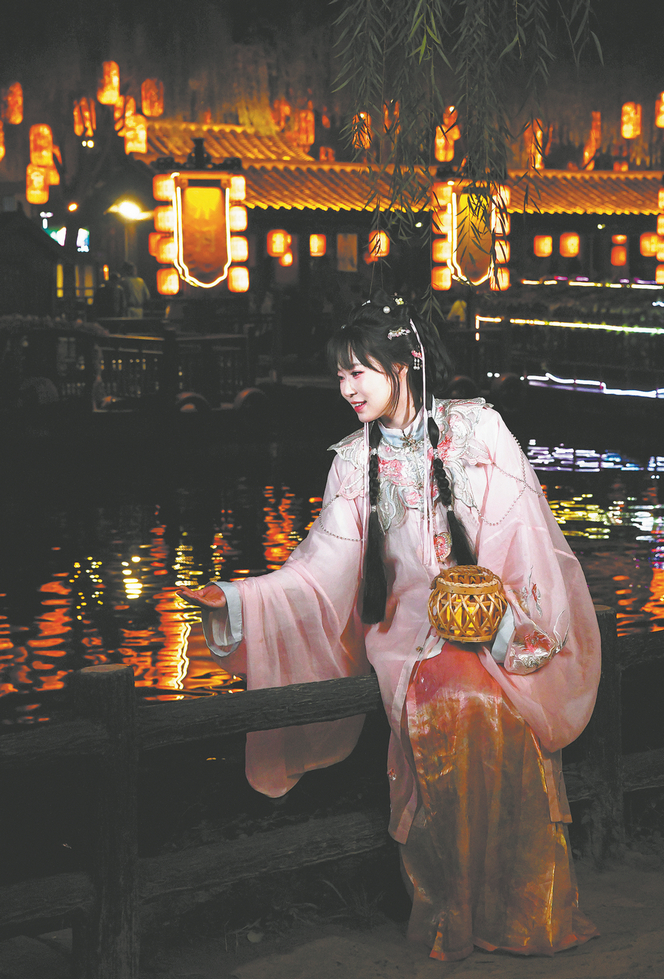Currents carry history of capitals


When the Yellow River flows into the heart of the Central Plains in Henan province, it carries more than just silt from the Loess Plateau — it bears years of Chinese civilization in its currents.
Across this land steeped in history, the ancient capitals of Anyang, Luoyang and Kaifeng shimmer like pearls strung along the river, which forms a living chronicle of China's story.
Just follow the rhythm of the Yellow River and embark on a time-travel journey through the Shang (c. 16th century-11th century BC), Tang (618-907) and Northern Song (960-1127) dynasties.
Stepping into Anyang is like walking into the dawn of Chinese civilization. This is where archaeologists discovered the Yinxu Ruins, the capital of China's Shang Dynasty.
The real magic lies in the oracle bone script, the earliest known form of Chinese writing. In the Yinxu Museum, visitors can see turtle shells and animal bones inscribed with mysterious symbols. These weren't decorations, but how ancient kings communicated with the gods about everything from weather forecasts to battle outcomes.
Meanwhile, the collection of bronze ritual vessels and jade artifacts displayed alongside these inscriptions demonstrates the highly sophisticated craftsmanship and artistic achievement of the Shang civilization.
Just beyond the museum at the Yinxu Ruins, the Tomb of Fu Hao breathes life into ancient history. This legendary female general's burial site revealed 1,928 precious artifacts — bronze vessels, jade ornaments, ivory carvings and pottery — creating a vivid portrait of the country's first documented female military leader.
The ruins also include palace grounds, temple ruins, royal tombs and burial areas, offering a comprehensive understanding of the Shang Dynasty.
After exploring Anyang, the journey shifts to Luoyang.
At the ancient capital of 13 dynasties, history transforms from static exhibits into immersive, hands-on experiences — wearing Tang-style costumes, eating delicacies enjoyed by Tang nobility, and strolling among peony blossoms just as the Tang people did over 1,000 years ago.
Step into the world of the Tang Dynasty, where culture is not just observed — it is lived.
In Luoyang's old town, streets come alive with visitors dressed in elaborate costumes, set against a backdrop of well-preserved ancient architecture. The scene creates an immersive atmosphere that feels like a direct portal to the prosperous dynasty.
























